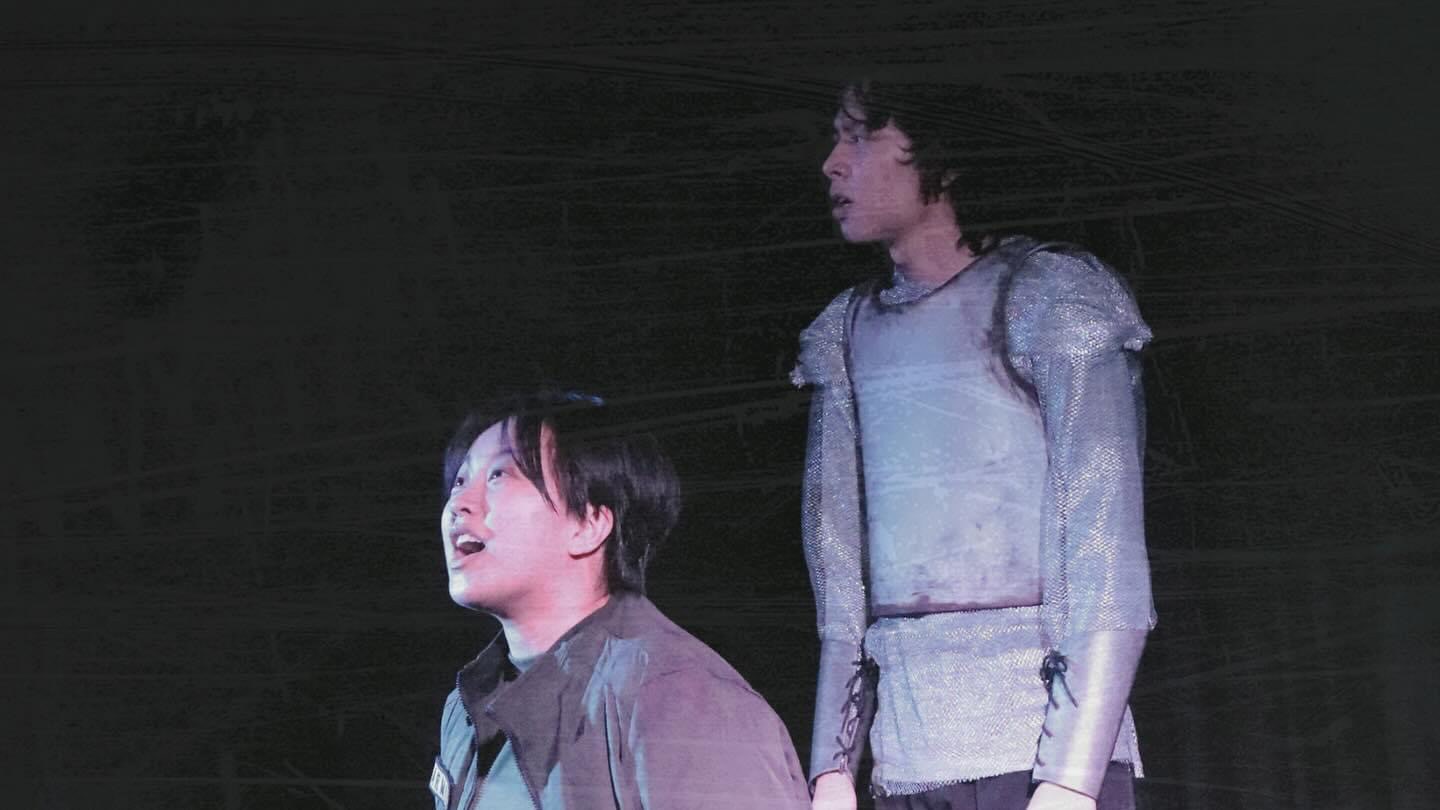
UNI REVIEW: MINTeatro’s ‘Saint Joan’
Making the artistic leap from Shakespeare to Shaw isn’t so far-fetched, especially with the genre of the history play. Both playwrights wrote dramas featuring real life events from the past, to highlight the ways they resonate in contemporary times.
A Tale for All Time
What happens when an innocent lass gets caught in the power play between corrupt clerics and courtiers?
In Saint Joan, Joan of Arc went from heroine to whore and heretic in her lifetime. Burned at the stake at the tender age of nineteen, she made rich bishops tremble and cowardly dauphins quake with her courage and patriotism. She shamed them for their mediocrity and smallness of soul, and they killed her for it.
You’d think that males silencing women who speak truth to power died out with the Dark Ages, but when we have a female lawmaker go from senator, to sinner, to recently freed citizen just because she dared to speak up against a President, we realize that intolerance is bound by no century and no country, and is still rampant today.
All this makes Saint Joan an important work well worth seeing, especially when done with utmost respect for the work and its considerable rhetorical demands.
The mind is a battlefield
Lesser playwrights would have focused on the grand battle scenes and glories streaming from heaven afar. But Shaw understood that the true battle is that of ideas, contrasting beliefs passionately held and defended by flawed individuals doomed to act as their culture and era dictate.
And what the play does well is reveal the inner workings of the minds of Joan’s accusers.
The true horror is when the audience realizes that, had we been in their place, we would probably have done the same. For the bedrock of civilization is the chain of command. Youngsters follow adults, new hires are expected to obey the company’s protocols. And when someone like Joan comes along, heeding no one but the voices in her head, it becomes terrifyingly easy to go from bashing to burning.
Actors in Training
A highlight of the play was listening to beautiful, era-appropriate polyphonic motets, with angelic voices singing out Latin prayers courtesy of Sound Designer Sophia Ann Meily. It was a bit jarring whenever the singing would abruptly stop, instead of fading out right before a character spoke their lines.
While the purehearted earnestness of the acting does Nelsito Gomez’s direction credit, there is still much that these young students can learn. Well rehearsed and well understood, the students impressed with the rapid fire dialogue, and the ease with which they pronounced French nouns. However, diction needed work, as even the most beautiful lines sounded garbled even from the first row.
With all lines passionately delivered, a few actors’ consonants could barely be heard, while a few raised voices all throughout, leaving the audience wishing for a wider emotional palette and better diction from some of the students. However, some displayed surprisingly mature artistry beyond their years.
Casting the incredibly authentic Giselle Giorgia as Joan was such a gift. With her fresh-faced youth and warrior’s athletic build, she managed to infuse the role with a unique combination of innocence and passion that made her a good fit for the role. Wearing white, with the clever lighting of G Roi Reyno, this most ideal Joan seems to shine with an otherworldly glow. Her vital energy is the backbone of the play. The only scene without her in it was bordering on tedium, and had this audience member counting the minutes until Joan’s return. Even when she appears in her ghostly reincarnation, voiceless, she adds so much to the ensemble by her mere stage presence.
Another stand-out actor was the superbly charismatic Miguel Salaya in the dual roles of La Hire and Warwick. His gravitas belies his youth. His sheer commitment to both roles put his capable co actors in his shadow, making him seem like a pro doing a student production.
As for the other actors, in the words of Joan herself, “There is some good in thee, but it is not yet a king’s good.” Nonetheless, it’s a terrific beginning that their teacher should rightly be proud of.
Saints in a secular world
Shaw wrote that the running time for his play was three-and-a-half hours long. To make it fit under only two hours, most of the lines were uttered at the quick tempo of a machine gun. And most regretfully, the bulk of the incredibly moving epilogue was cut from MINTeatro’s staging.
While this viewer personally thought it a lost opportunity to make the audience reflect on how Joan’s death was merely the beginning of her story, it’s difficult to mourn when the key message was delivered. Sometimes, “morality” is merely a social construct. And sometimes, the truth sayers pay the ultimate price. If Joan (or even Christ) came again, perhaps we would kill them all the same.
It took half a millennium to rehabilitate this former heretic to sainthood. Fortunately it does not take nearly so long to teach audiences to think for themselves, a demanding but necessary mission these actors bravely undertook. Crazy idealism? As Shaw wrote, “We want a few mad people now. See where the sane ones have landed us!”


Comments